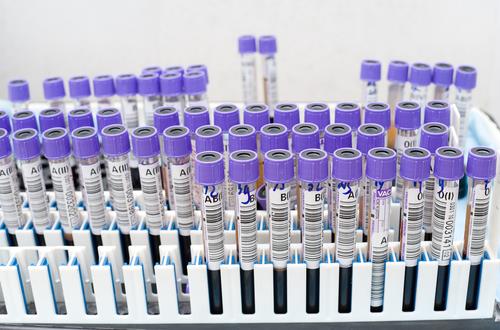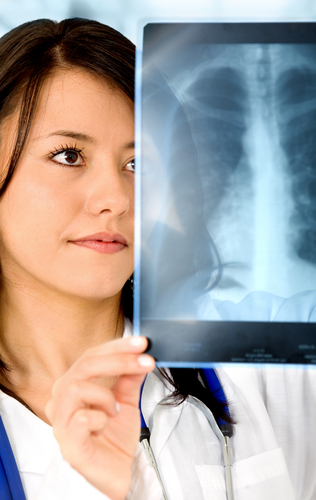Test Results
 For specimens taken by the practice team, results are returned electronically by the Ayrshire laboratory services.
For specimens taken by the practice team, results are returned electronically by the Ayrshire laboratory services.
Normally your blood result will be viewed and read by a clinician within 48 hours. Urine results can take up to 7 days.
If a result or letter follows from a hospital appointment then please allow 21 working days before contacting the Surgery to discuss.
If your test was arranged by your hospital consultant, please contact the consultant's secretary or hospital directly as your result can only be actioned by the requesting clinician.
Please note that we do have a strict policy regarding confidentiality and data protection. In this respect we will only give out results to the person they relate to unless that person has given prior permission for their release or if they are not capable of understanding them. The receptionist will be able to pass on the clinician’s comments on your results. You will be asked for some personal details when calling, this is to confirm your identity, such as date of birth, address, and date when the test was taken. The receptionist has the right to refuse the release of medical information if they feel that it does not pertain to the person calling. We hope that our patients find our high standards of confidentiality satisfactory with regard to releasing this type of information.
Blood Tests
 A blood test is when a sample of blood is taken for testing in a laboratory. Blood tests have a wide range of uses and are one of the most common types of medical test. For example, a blood test can be used to:
A blood test is when a sample of blood is taken for testing in a laboratory. Blood tests have a wide range of uses and are one of the most common types of medical test. For example, a blood test can be used to:
- assess your general state of health
- confirm the presence of a bacterial or viral infection
- see how well certain organs, such as the liver and kidneys, are functioning
A blood test usually involves the phlebotomist taking a blood sample from a blood vessel in your arm. and the usual place for a sample is the inside of the elbow or wrist, where the veins are relatively close to the surface. Blood samples from children are most commonly taken from the back of the hand. The child's hand will be anaesthetised (numbed) with a special cream before the sample is taken.
You can find out more about blood tests, their purpose and the way they are performed on the NHS Choices website.
X-Ray
 An X-ray is a widely used diagnostic test to examine the inside of the body. X-rays are a very effective way of detecting problems with bones, such as fractures. They can also often identify problems with soft tissue, such as pneumonia or breast cancer.
An X-ray is a widely used diagnostic test to examine the inside of the body. X-rays are a very effective way of detecting problems with bones, such as fractures. They can also often identify problems with soft tissue, such as pneumonia or breast cancer.
If you have a X-ray, you will be asked to lie on a table or stand against a surface so that the part of your body being X-rayed is between the X-ray tube and the photographic plate.
An X-ray is usually carried out by a radiographer, a healthcare professional who specialises in using imaging technology, such as X-rays and ultrasound scanners.
You can find out more about x-ray tests, how they are performed, their function and the risks by visiting the NHS Choices website.